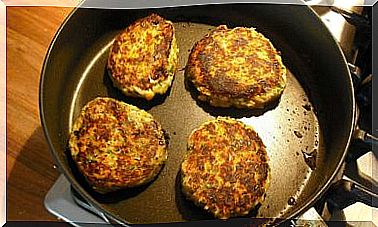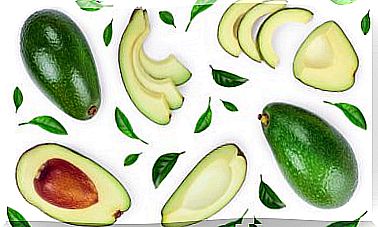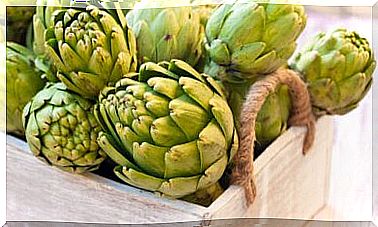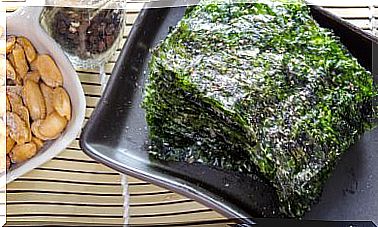Side Effects Of Excessive Salt Consumption
Eating too much salt can have harmful effects on your body over time, such as circulatory or kidney problems.

Health experts and the World Health Organization (WHO), sodium in excess is not good for health. Do you know what the side effects of consuming a lot of salt in the diet can be? If you have some ideas, but also several doubts, don’t worry because we’ll tell you more about it below.
In the meantime, keep one thing in mind: all extremes are harmful. Therefore, it is not necessary to pretend to live without consuming salt, but neither by abusing it. Ideally, follow the recommendations that your doctor always gives you, as these will take into account the specific needs of your body.
Salt: where does it come from and how much should you consume?
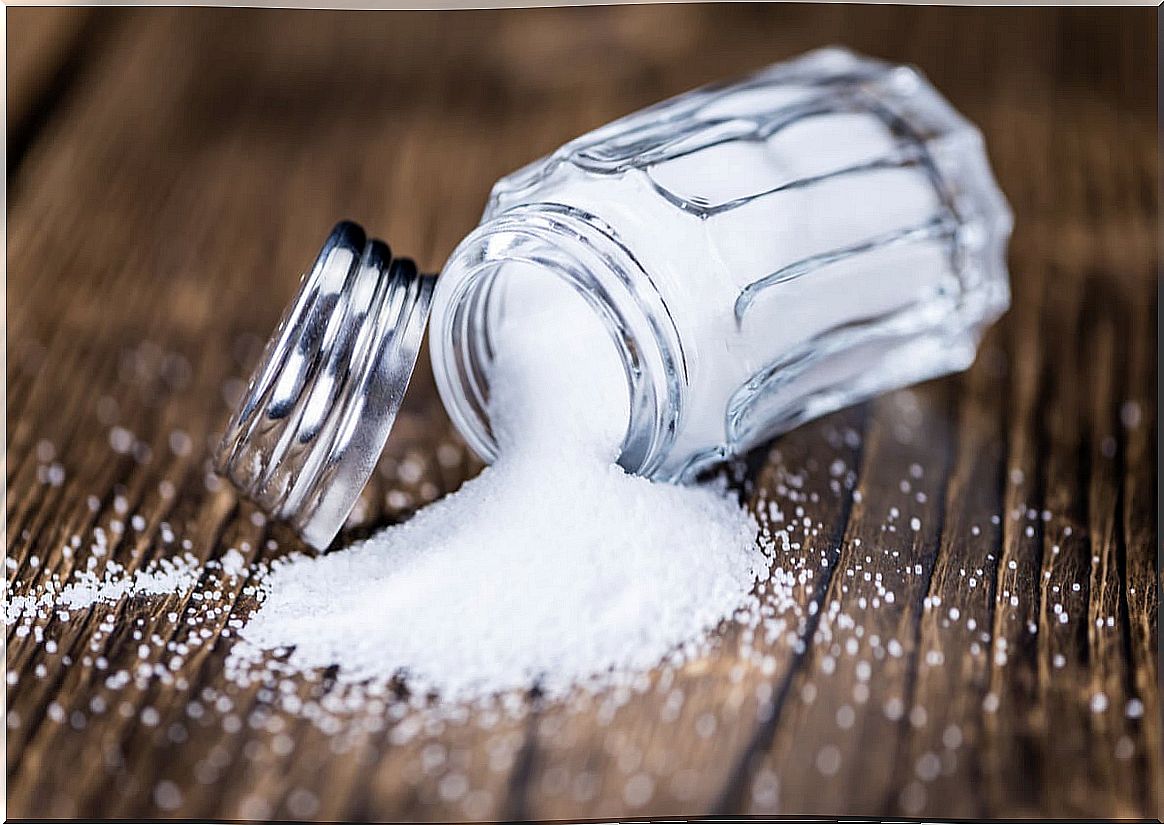
As indicated by the data provided by the Center for Science in the Public Interest:
- 10% of the sodium we consume comes from food and water.
- Another 10% is added when cooking and eating, but this value can vary according to people’s habits. A teaspoon of fine table salt contains the total sodium that we should ingest daily.
- The remaining 80% comes from processed foods, breaded foods, etc., most of which are consumed outside the home and in fast food places. Sodium chloride is used in large quantities in sausages, for example.
The amount of salt allowed per person depends on their physical conditions. It also varies depending on the time of year or the type of food eaten. For example, during the summer or spring you eat less salt than in winter. The sodium ingested per day should range between 500 and 2400 milligrams.
There are foods that we find in stores that exceed this value in an exaggerated way. To name a few: some French fries with dressing have about 4,900 milligrams of sodium.
What to do to avoid eating too much salt?
To avoid the problems caused by excessive salt consumption, it is advisable to leave out processed products, especially cheeses, pastries and cold meats, as well as fast food. In turn, use salt substitutes, such as untreated sea salt and increasingly pour less in meals. At first you can tell the difference, but then the palate gets used to it.
Lastly, a good idea is to try condiments or ingredients that enhance the taste of the food. Spices such as pepper, sage, marjoram, basil, parsley, nutmeg, rosemary, tarragon and cumin should not be missing in your kitchen.
What can be the side effects of salt consumption?
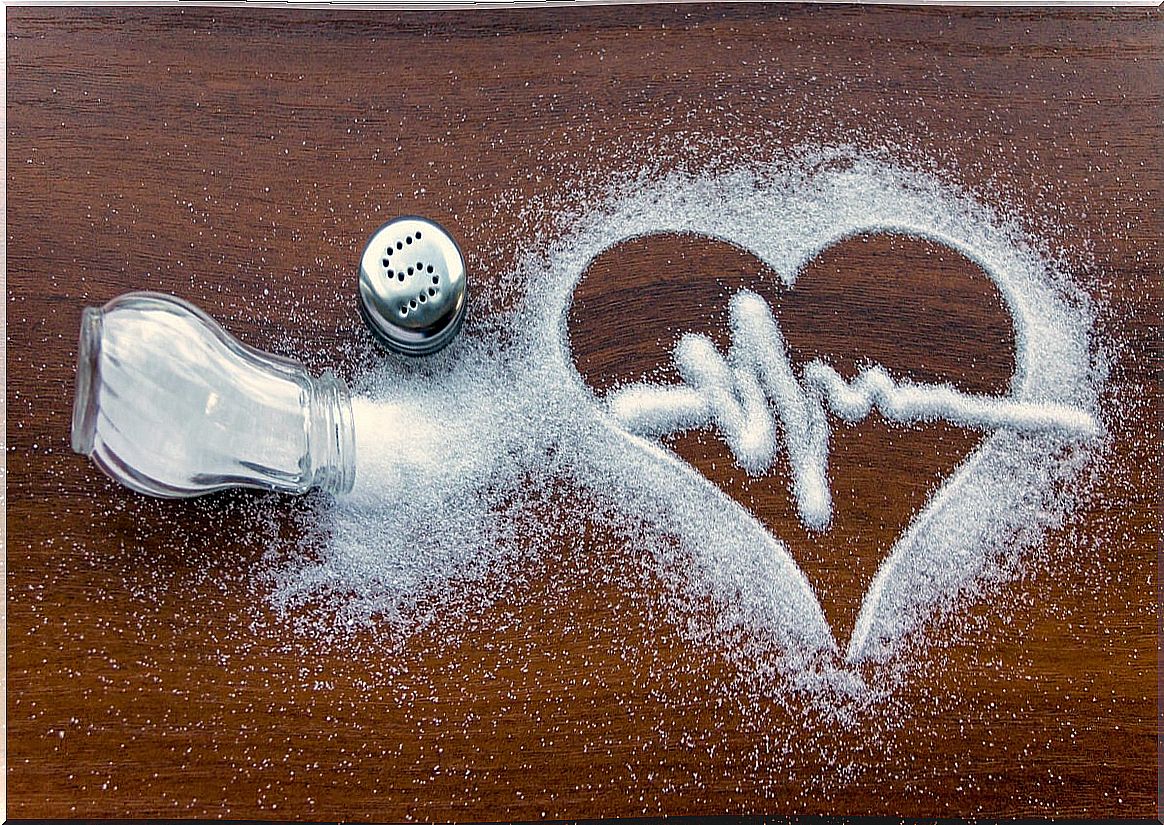
Heart and circulatory problems
The consumption of salt in excess has derived effects and related to the circulation. Among them are high blood pressure, myocardial infarctions and heart failure.
It can also cause cerebrovascular accident, embolism, cerebral hemorrhage and stroke, which results in serious and permanent physical and neurological consequences. This occurs mainly because the salt hinders the function of the kidneys. The renal filtering function is impaired by a lot of salt, also enhancing arterial hypertension in a vicious circle.
Renal insufficiency
In addition to the aforementioned, eating a lot of salt can predispose to the formation of stones or kidney stones. It also causes fluid retention, worsening not only the kidneys, but also the heart and liver.
Appearance of tumors
Eating a lot of salt can favor the appearance or development of certain types of tumors, such as breast cancer. This is certified by a study published in 2018 by Chinese researchers.
Overweight and obesity
In 2019, a study called INTERMAP was carried out in which the relationship between salt consumption and obesity in different countries was analyzed. Thus, it was obtained that the consumption of salt it is positively associated with BMI and the prevalence of overweight or obesity in Japan, China, the United Kingdom, and the United States.
Types of salt: healthier alternatives
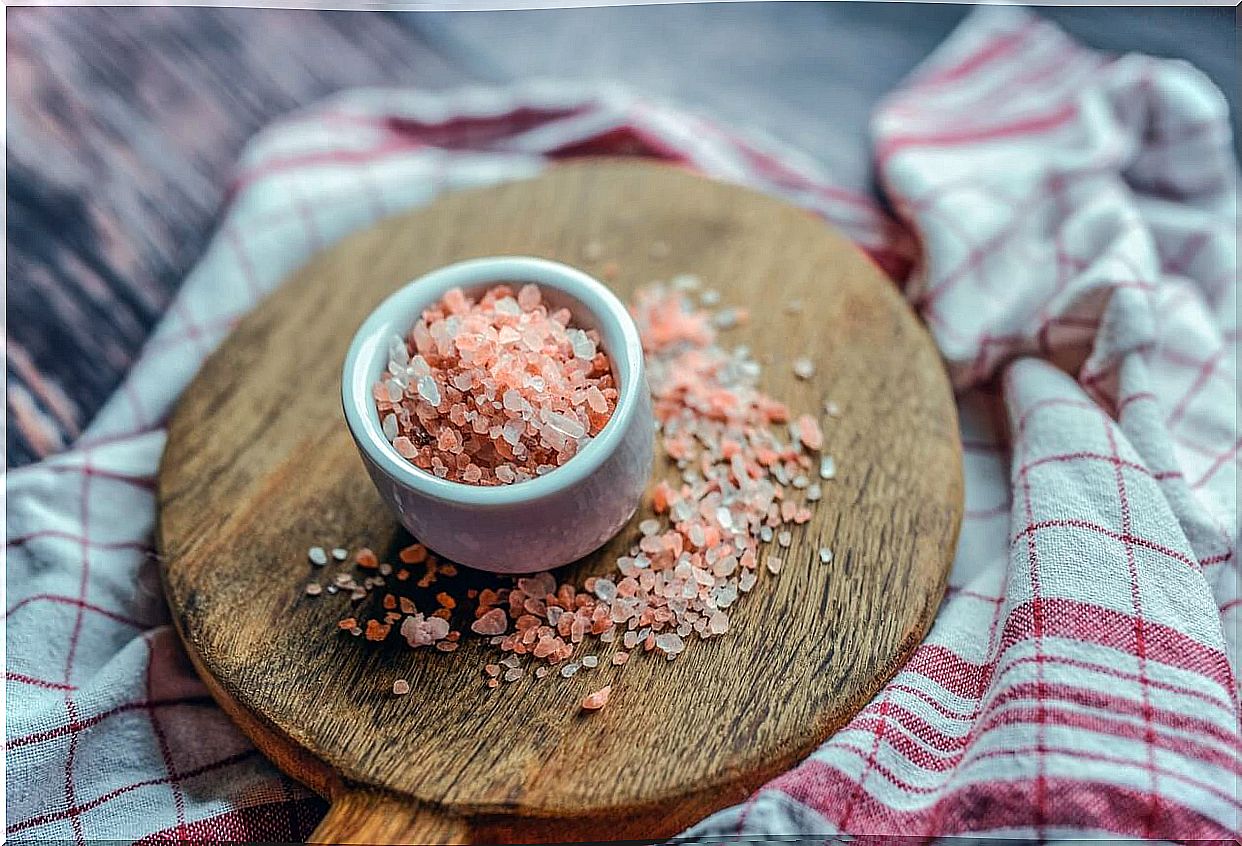
Pansalt
It is an iodized salt created in Finland. It is low in sodium, rich in potassium and magnesium. It can help lower blood pressure rather than increase it. It is 56% sodium chloride (100% normal salt).
Biosal
It is a mixture of sodium chloride with potassium chloride. Counteracts the negative effects listed above. It is less harmful, but has no nutrients, in addition to being treated with bleaches, chemicals, and iodine.
Smoked salt
It is used to add another taste to food, but it does not contribute anything nutritionally.
Red or “Hawaiian” salt
It comes from the coasts of this Island and contains iron oxide, a derivative of volcanic clay. It is extracted using natural methods and resembles sea salt. It has a very strong flavor and can stimulate the oxidation of certain foods.
If you have questions about how to consume salt in a healthy way, remember that you can always consult with your family doctor.
